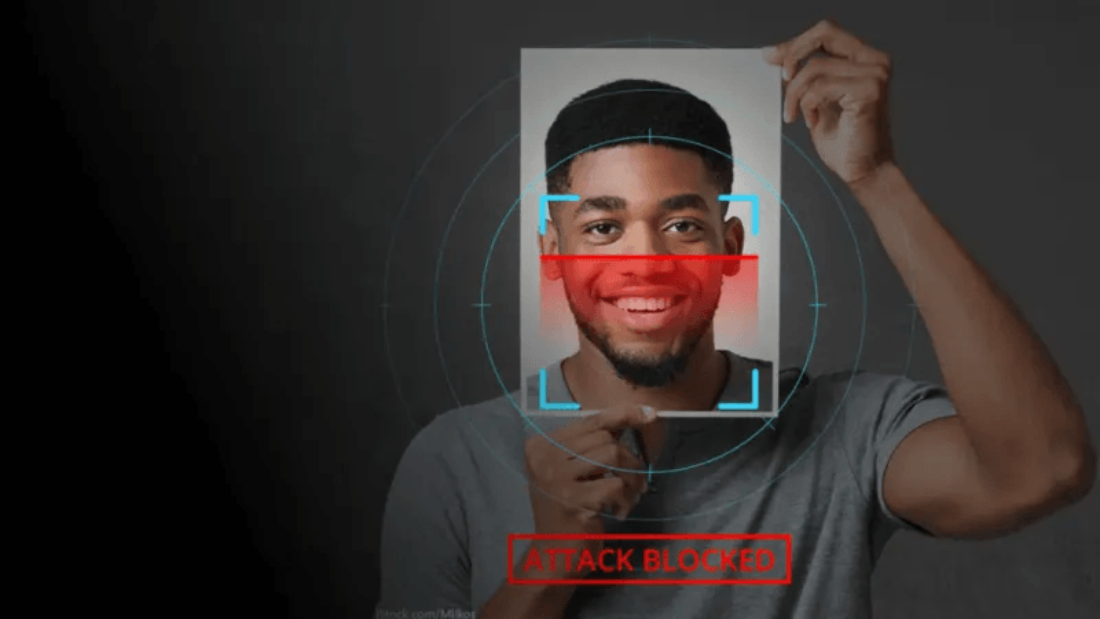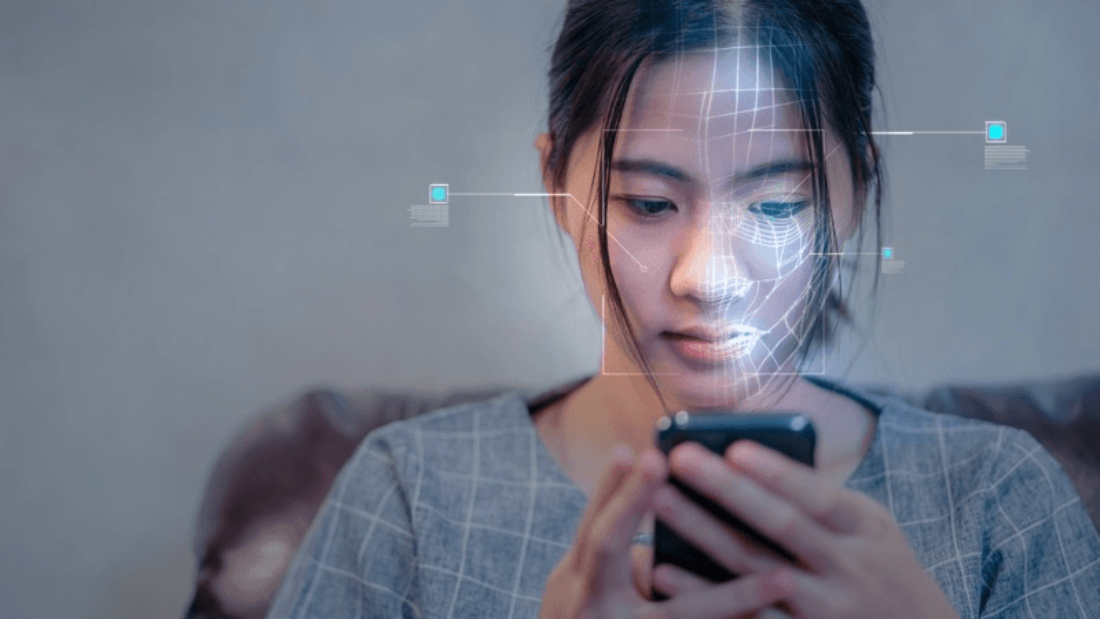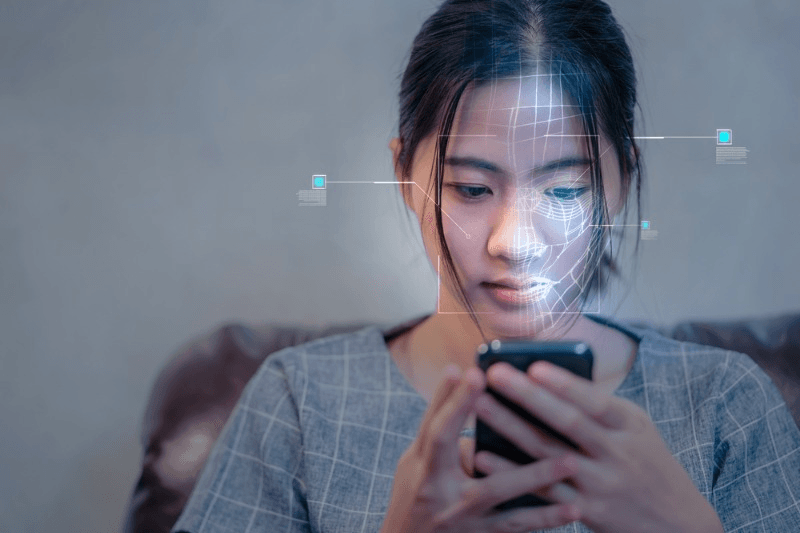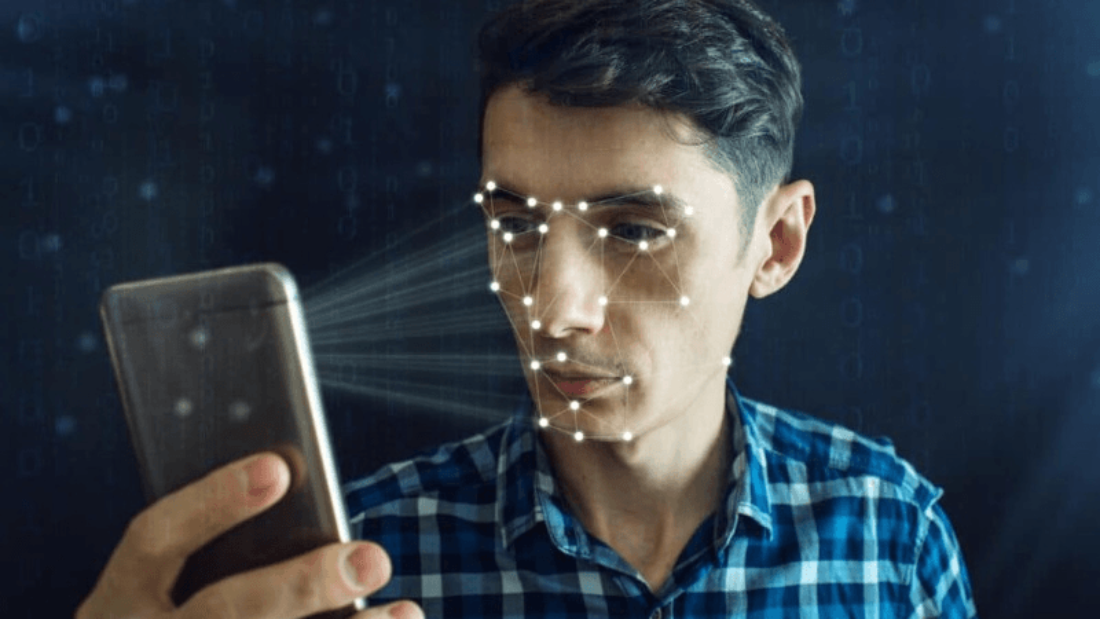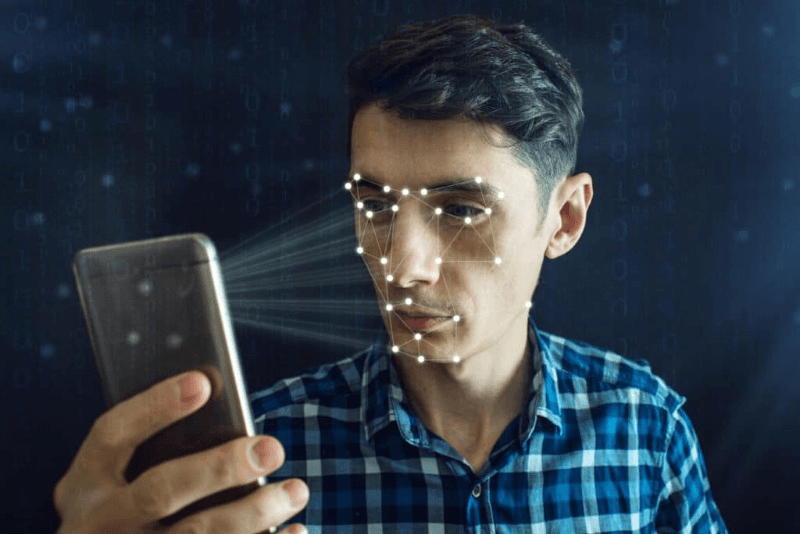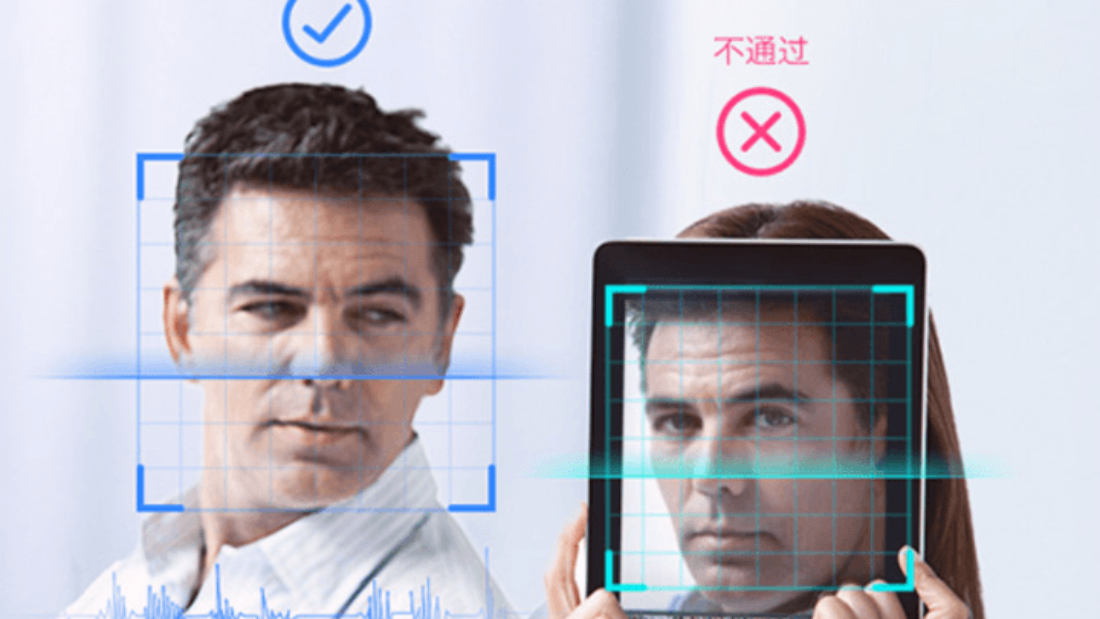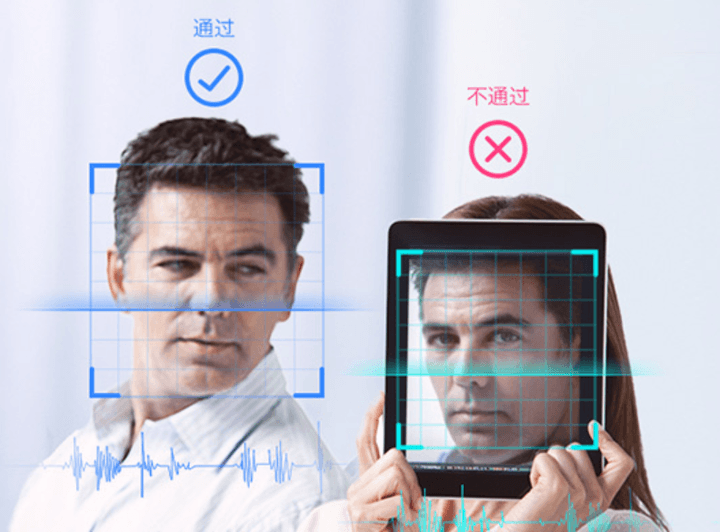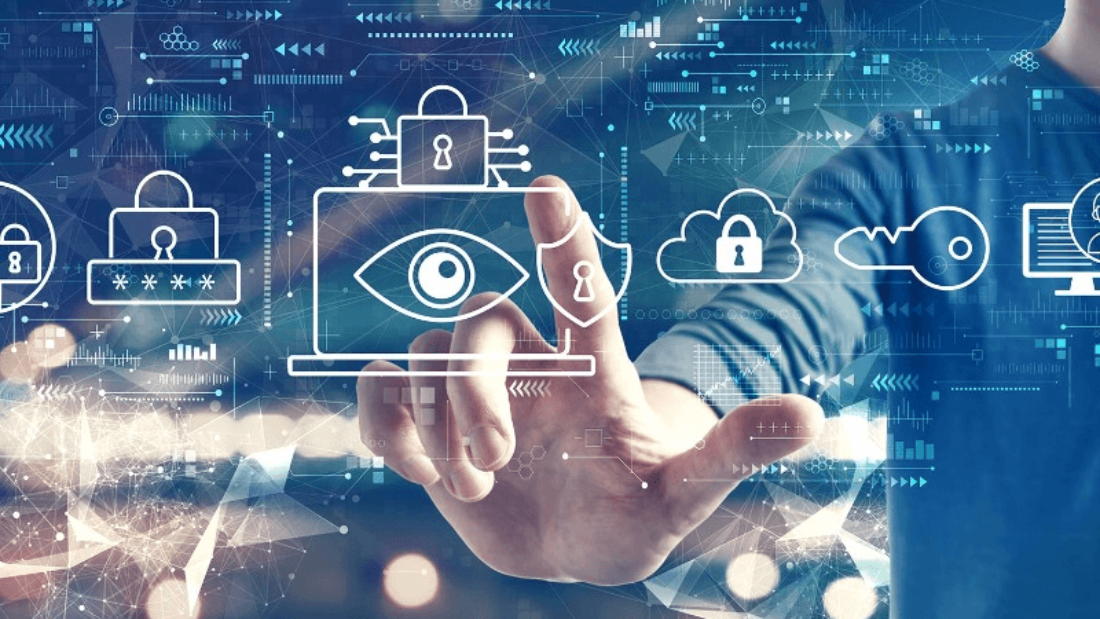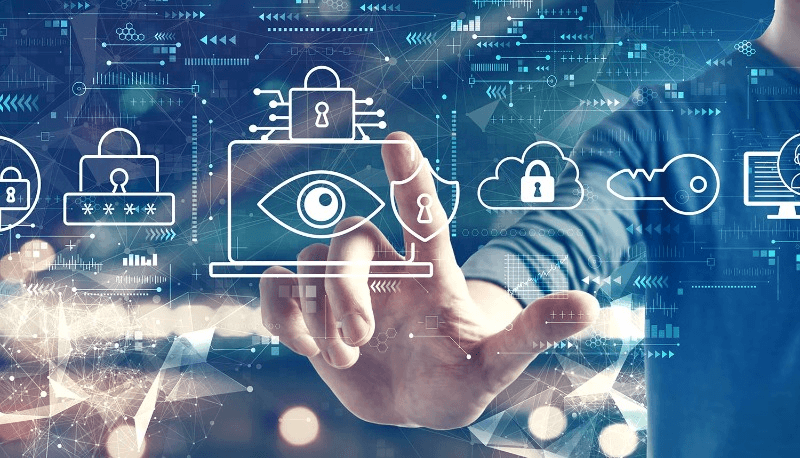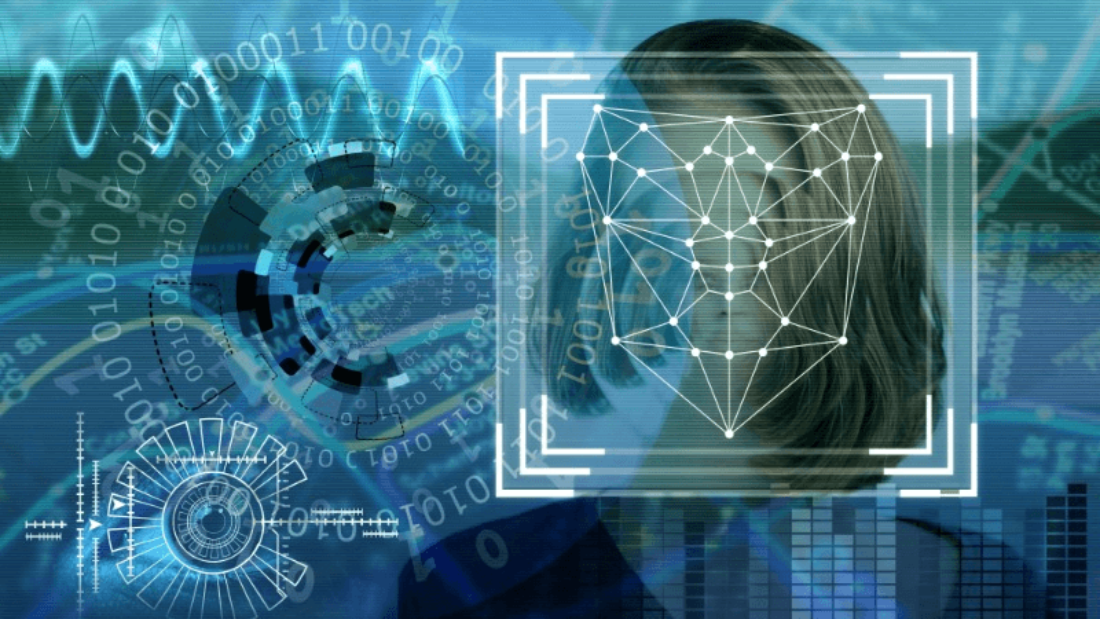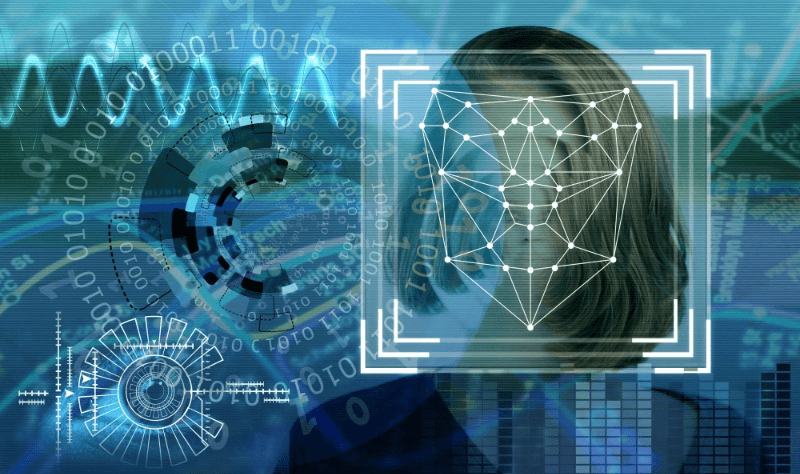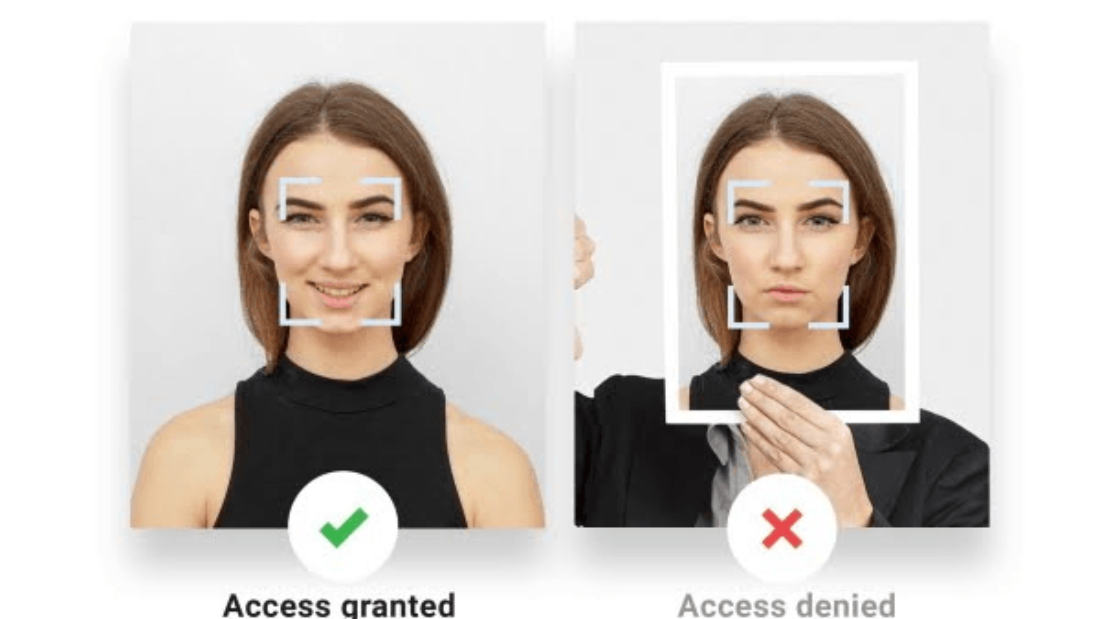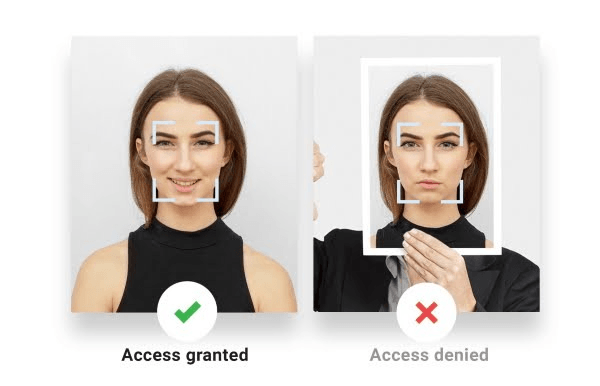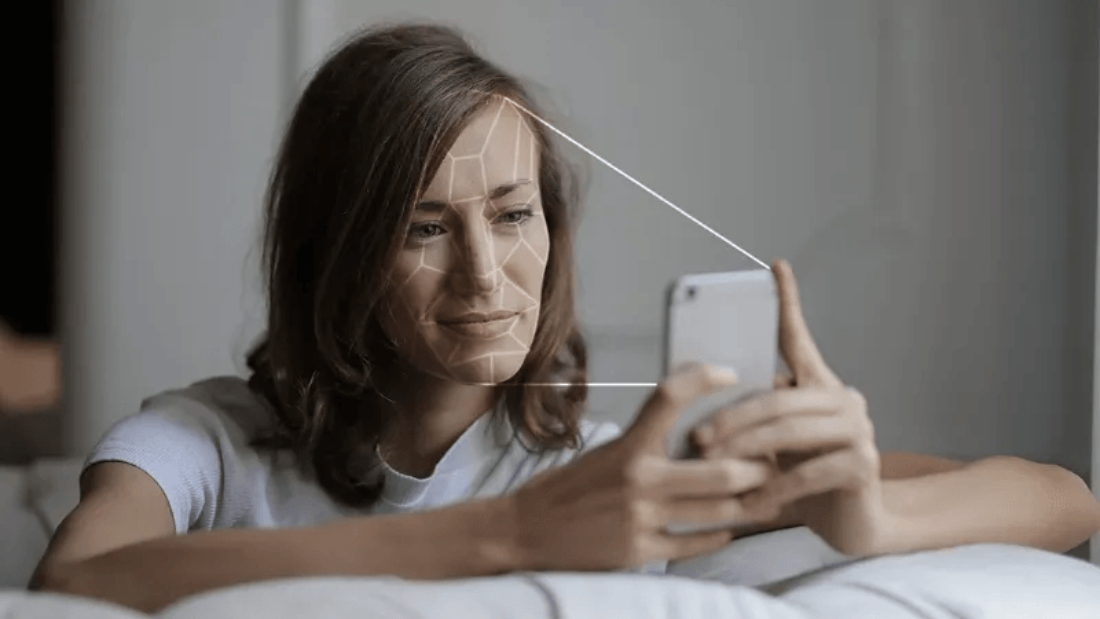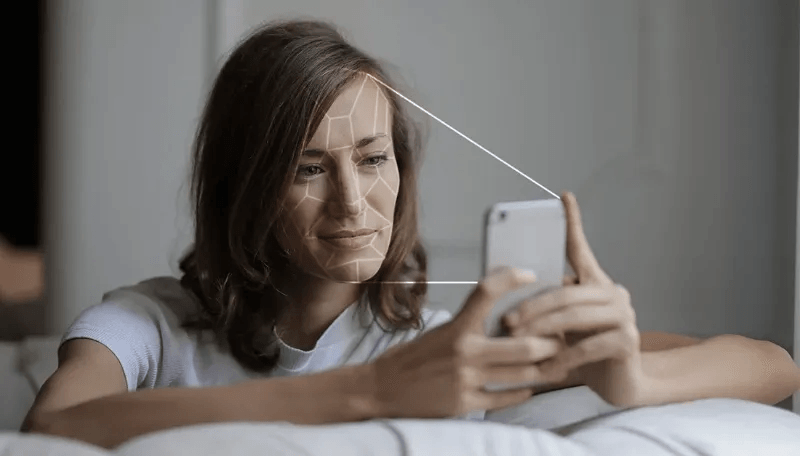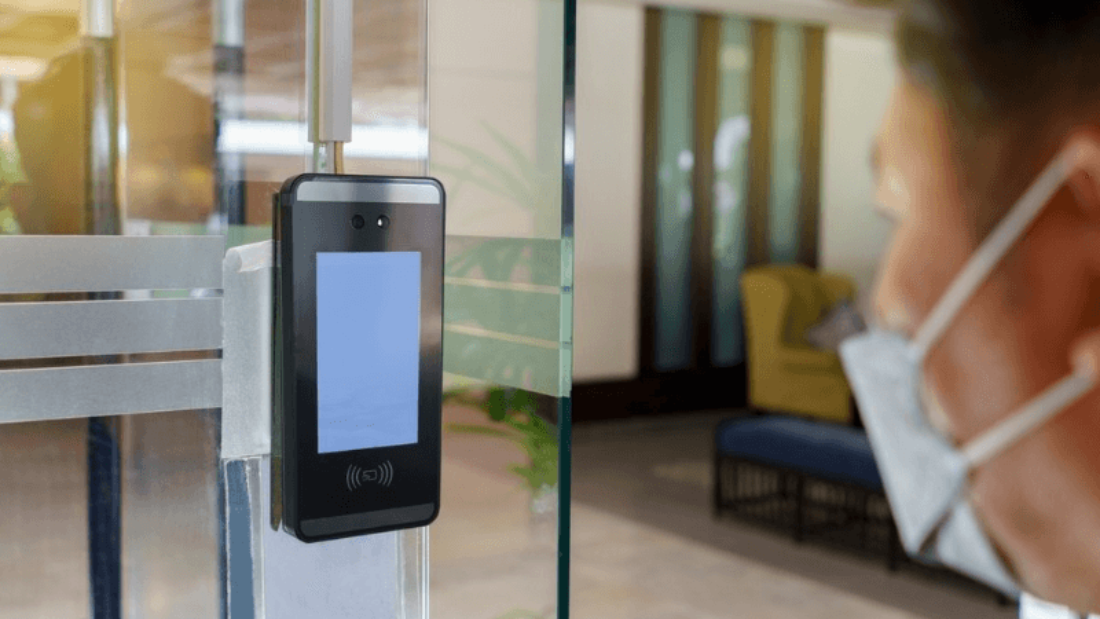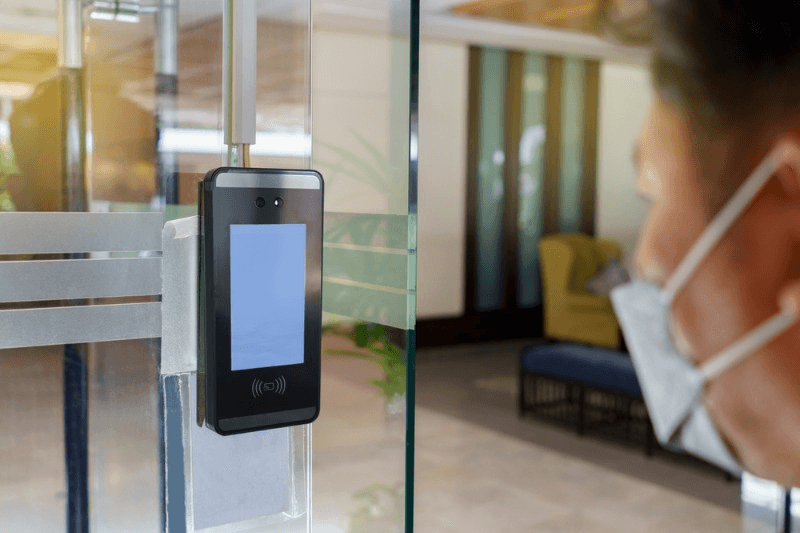Did you know that facial recognition systems, which rely on computer vision techniques, can be easily fooled by face spoofing attacks? These systems use a combination of detectors and classifiers to identify faces, but certain techniques can trick them into recognizing fake faces as real. This vulnerability was highlighted in a recent paper on face spoofing attacks. With the increasing reliance on face recognition solutions for security purposes, it is crucial to develop robust methods such as passive face liveness detection and face anti spoofing to detect and prevent attacks. Motion analysis focuses on detecting unnatural movements in videos, such as lack of eye blinking or inconsistent head movements. This helps in implementing passive face liveness detection and face anti spoofing techniques. In this article, we will explore the topic of face spoofing detection and how deep learning has improved its accuracy. We will also showcase a demo project that demonstrates the effectiveness of these techniques. With the use of advanced deep learning algorithms, face spoofing detection can now accurately distinguish between genuine and fake inputs.
In this article, Motion analysis focuses on detecting unnatural movements in videos, such as lack of eye blinking or inconsistent head movements. This helps in implementing passive face liveness detection and face anti spoofing techniques. These color spaces techniques are essential for passive protection against such attacks. Whether you are a researcher looking for implementation ideas or a developer seeking demo projects to enhance your understanding, this article serves as a comprehensive resource for all things related to face spoofing detection.
So buckle up as we embark on this exciting journey through the realm of face-spoofing detection on GitHub!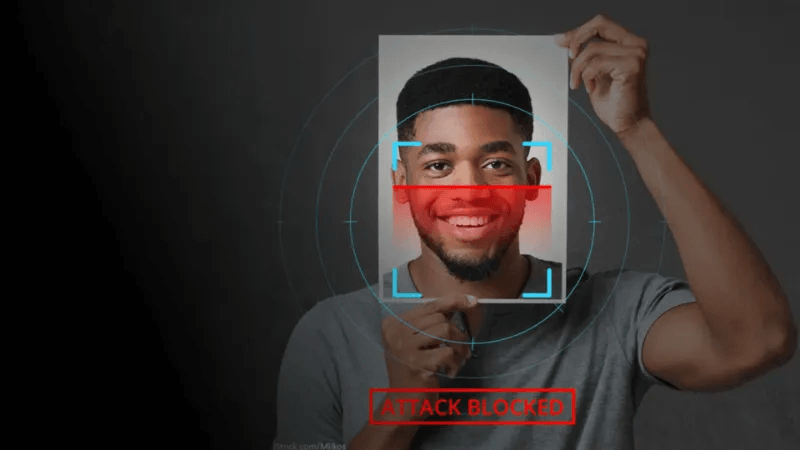
Detecting Face-Spoofing on GitHub: A Simple Guide to Grasp the Fundamentals
Defining Face Spoofing and Detection
Motion analysis focuses on detecting unnatural movements in videos, such as lack of eye blinking or inconsistent head movements. This helps in implementing passive face liveness detection and face anti spoofing techniques. Effective presentation attack detection is crucial to prevent face spoofing. This can be done using various methods, such as presenting a printed photo, a video replay, or even wearing a 3D mask that spoofs someone else’s face. Face spoofing detection involves identifying and distinguishing between genuine and fake faces to ensure the integrity of facial recognition technology.
Importance for Security and Authentication
Face spoofing poses a significant threat to security and authentication systems that rely on facial recognition. If these systems are unable to differentiate between real faces and fake ones, unauthorized access and identity theft become much easier. Accurate face spoofing detection is crucial in preventing these security breaches and ensuring reliable authentication processes.
In recent years, there have been notable advancements in face presentation attack detection and passive face liveness detection measures to combat the issue of face spoofing. By implementing robust algorithms and techniques for face presentation attack detection (PAD), organizations can enhance the security of their systems.
Methods for Presentation Attack Detection (PAD)
Presentation Attack Detection (PAD) methods aim to detect and classify face spoofing attacks accurately. These methods utilize various features to differentiate between real faces and presentation attacks. Texture analysis examines the patterns within an image or video frame to identify any anomalies that suggest manipulation or fakery, including face presentation attack detection, face anti-spoofing, and passive face liveness detection.
Motion analysis focuses on detecting unnatural movements in videos, such as lack of eye blinking or inconsistent head movements. This helps in implementing passive face liveness detection and face anti spoofing techniques. This helps in implementing passive face liveness detection and face anti spoofing techniques. By analyzing these motion patterns, PAD algorithms can determine whether the presented face is genuine or a presentation attack.
Depth information is another critical aspect used by passive face liveness detection (PAD) techniques for face anti spoofing. Depth-based sensors capture additional information about the structure of the face being presented, allowing for more accurate detection of 3D mask attacks or other forms of depth-based manipulation.
Machine learning algorithms play a crucial role in developing effective face liveness detection and face anti spoofing (PAD) models. These algorithms learn from large datasets containing both genuine and spoofed face images, enabling them to identify patterns and characteristics that distinguish between the two. By continuously training and refining these algorithms, researchers can improve the accuracy of face spoofing detection systems.
Exploring GitHub Repositories for Face-Spoofing Detection
GitHub is a treasure trove of resources for researchers and developers working on face-spoofing detection. With numerous public repositories dedicated to this field, it offers access to open-source codes, datasets, and pre-trained models that can greatly enhance projects in face-spoofing detection.
These repositories serve as valuable platforms for sharing knowledge and advancing the state-of-the-art in face-spoofing detection. By leveraging the work of others, developers can save time and effort while building upon existing solutions for face anti spoofing and face liveness detection.
GitHub is an excellent source. Deep learning has demonstrated remarkable performance in detecting face spoofing attacks. Convolutional Neural Networks (CNNs) are commonly used for feature extraction in deep learning-based approaches, including face anti spoofing. These networks have proven highly effective at capturing intricate patterns and distinguishing between genuine faces and spoofed ones.
State-of-the-art deep learning models often incorporate advanced architectures like ResNet or MobileNet. These architectures enable the models to extract more complex features from images, leading to improved accuracy in detecting face spoofing attempts.
In addition to the wealth of code and models available on GitHub, there are also several open-source tools and libraries specifically designed for face-spoofing detection. These tools provide functionalities such as image preprocessing, feature extraction, and model evaluation.
OpenCV is one popular open-source library widely used in computer vision applications, including face-spoofing detection. It provides a wide range of image processing functions that can be utilized for tasks like facial landmark detection or texture analysis.
TensorFlow and PyTorch are two other powerful libraries commonly employed in deep learning projects related to face-spoofing detection. They offer extensive support for developing neural networks, making it easier to implement complex architectures and train models using large datasets.
By utilizing these open-source tools and libraries available on GitHub, developers can streamline their face-spoofing detection projects and focus more on the specific challenges they are trying to solve.
Anti-Spoofing Techniques in Mobile Applications
Android’s Face Recognition and Spoofing Prevention
Android devices offer built-in face recognition capabilities, making it convenient for developers to implement secure face recognition systems. The Android FaceManager API provides methods for both face authentication and liveness detection, helping prevent spoofing attacks.
With the help of these features, developers can ensure that the user’s face is not only recognized but also verified as a live person. By implementing liveness detection measures, such as checking for eye blinking or head movements, Android apps can protect against spoofing attempts using static images or videos.
Furthermore, the Android platform offers additional anti-spoofing measures to enhance security. For example, some devices utilize infrared cameras to detect depth information and distinguish between real faces and 2D representations. This adds an extra layer of protection against face spoofing attacks.
By leveraging the capabilities provided by Android’s face recognition system and implementing anti-spoofing measures, developers can create mobile applications that are more resistant to fraudulent attempts.
iOS Apps Addressing Liveness and Attributes Detection
In the realm of iOS applications, several GitHub repositories focus on addressing liveness detection and attributes verification to prevent face spoofing attacks. These apps take advantage of Apple’s TrueDepth camera system and machine learning algorithms to enhance security measures.
The TrueDepth camera system uses advanced technologies like depth sensing and facial mapping to capture accurate facial data. This enables iOS apps to perform detailed analysis of facial attributes such as eye movement, head pose estimation, or even detecting subtle changes like skin texture variations.
Machine learning algorithms play a crucial role in these iOS apps by training models on large datasets of real faces and spoofed samples. By utilizing deep learning techniques, these models learn patterns that differentiate between genuine faces and fake ones generated through various means such as printed photos or masks.
Developers looking to integrate advanced anti-spoofing techniques into their iOS applications can explore these GitHub repositories to gain insights and leverage the existing codebase. By implementing liveness detection and attributes verification, developers can significantly reduce the risk of face spoofing attacks on their mobile apps.
SDKs Enhancing Face Authentication on Various Platforms
Windows Face Recognition SDK with Anti-Spoofing
Windows provides a powerful Face Recognition API that goes beyond simple facial recognition. It includes robust anti-spoofing capabilities, making it an excellent choice for developers looking to build secure facial recognition systems on Windows platforms.
With the Windows Face Recognition SDK, developers can leverage advanced features to enhance the security of their applications. One of the key highlights of this SDK is its incorporation of anti-spoofing measures. These measures are designed to prevent face spoofing attacks, where malicious actors attempt to deceive the system using fake or manipulated images or videos.
By integrating anti-spoofing capabilities into their applications, developers can significantly improve the reliability and accuracy of their face authentication systems. This ensures that only genuine users are granted access, providing an additional layer of security against fraudulent activities.
Proctoring SDK for Educational Use
In the realm of education, online exams and assessments have become increasingly prevalent. However, ensuring fair and secure remote examinations can be challenging due to potential face spoofing attempts by unscrupulous individuals. To address this issue, proctoring software development kits (SDKs) available on GitHub offer effective solutions for preventing face spoofing during online exams.
These proctoring SDKs utilize various techniques to detect and deter face spoofing attempts. For example, they may employ eye tracking technology to monitor students’ gaze patterns and ensure that they remain focused on the exam content. Head movement analysis helps detect any suspicious behavior that could indicate cheating or impersonation.
Another crucial feature offered by these proctoring SDKs is liveness detection. Liveness detection algorithms analyze facial movements in real-time to determine whether a person is physically present or if a spoofed image or video is being used instead. By incorporating liveness detection into online exams, educational institutions can effectively mitigate the risk of face spoofing attacks and maintain the integrity of their assessments.
By leveraging these proctoring SDKs, educational institutions can enhance the security and fairness of their remote examination processes. Students can take exams confidently, knowing that measures are in place to prevent cheating and ensure a level playing field for all participants.
Web-Based Solutions for Liveness Detection
Implementing Anti-Spoofing in Web Apps
Developers looking to enhance the security of their facial recognition systems can implement anti-spoofing measures in web applications using JavaScript libraries available on GitHub. These libraries provide real-time face detection, liveness detection, and anti-spoofing functionalities.
By integrating these libraries into their web apps, developers can ensure that only live faces are being authenticated, effectively preventing face spoofing attacks. Liveness detection activates a live camera feed to capture the user’s facial movements and verify their authenticity.
One popular JavaScript library for implementing anti-spoofing in web apps is the “Liveness.js” library. This library utilizes passive face liveness detection techniques to determine if a face is genuine or a spoof. It analyzes various facial features and movements such as eye blinking, head rotation, and mouth movement to assess liveness.
Another powerful option is the “FaceSpoof.js” library which provides comprehensive anti-spoofing capabilities. It uses deep learning algorithms to detect fake faces generated through printed photos, replayed videos, or 3D masks. By leveraging machine learning models trained on large datasets of real and fake faces, this library can accurately identify potential spoofs.
These JavaScript libraries offer an accessible solution for web app developers seeking to implement robust anti-spoofing measures without relying on complex backend infrastructure or third-party APIs. By incorporating these libraries into their codebase, developers can easily integrate liveness detection functionality into their existing authentication systems.
For instance, when a user attempts to log in using facial recognition on a web app utilizing one of these libraries, the system will prompt them to perform specific actions like blinking or moving their head within the camera frame. The system then analyzes these movements in real-time to determine if they indicate the presence of a live person.
Implementing anti-spoofing measures through these JavaScript libraries not only strengthens the security of web-based facial recognition systems but also enhances user confidence in the authentication process. Users can be assured that their identities are being verified with a high level of accuracy, minimizing the risk of unauthorized access.
Leveraging Deep Learning for Enhanced Face Authentication
Facial DL and Liveness Detection Models
Facial deep learning models play a crucial role in enhancing face authentication by focusing on extracting discriminative features for face spoofing detection. These models analyze various facial characteristics to distinguish between real and fake faces, ensuring the accuracy and robustness of anti-spoofing systems.
Liveness detection models, a subset of facial DL models, take it a step further by analyzing dynamic facial cues. By examining factors such as eye movement, blinking patterns, and facial expressions, these models can effectively differentiate between genuine human faces and fraudulent attempts. This dynamic analysis adds an extra layer of security to face authentication systems.
The development of accurate and robust anti-spoofing systems heavily relies on these facial DL and liveness detection models. By leveraging the power of deep learning algorithms, these models can detect even the most sophisticated spoofing techniques with high precision.
Depth-Wise Convolution for Authentication Systems
Depth-wise convolutional layers have proven to be instrumental in improving the performance of face recognition systems. These layers capture spatial information effectively by applying different filters to each input channel independently. This allows the model to extract more detailed features from the input image, resulting in enhanced accuracy during authentication tasks.
One key advantage of depth-wise separable convolutions is their ability to reduce computational complexity without sacrificing accuracy. By decomposing standard convolutions into depth-wise convolutions followed by point-wise convolutions (1×1 filters), these separable convolutions significantly decrease the number of parameters required for computation. This reduction in complexity enhances the overall efficiency of face spoofing detection algorithms.
By incorporating depth-wise convolution into authentication systems, developers can achieve improved performance while optimizing computational resources. The combination of accurate feature extraction and reduced computational complexity makes depth-wise convolution a valuable technique for enhancing face recognition capabilities.
Novel Approaches to Multi-Modal Spoofing Prevention
Silent-Face-Anti-Spoofing Utilizing Multi-Modal Learning
Silent-face-anti-spoofing techniques have emerged as a powerful solution in the fight against face spoofing attacks. These techniques leverage multiple modalities such as thermal imaging, infrared, or audio signals to enhance the reliability of face spoofing detection. By considering complementary information from different modalities, multi-modal learning improves the robustness of anti-spoofing systems against various attack scenarios.
The use of multiple modalities allows for a more comprehensive analysis of facial features and their authenticity. For example, thermal imaging can detect temperature variations on the face caused by materials used in fake masks or printed images. Infrared sensors can capture blood flow patterns that are absent in spoofed faces. Audio signals can provide additional cues about the presence of a live person by detecting breathing sounds or other vocal characteristics.
By combining these different modalities, anti-spoofing systems become more resilient to sophisticated attacks. They can effectively differentiate between genuine users and impostors attempting to deceive the system through various means such as printed photos, 3D masks, or video replays. The integration of multi-modal learning significantly enhances the accuracy and reliability of face spoofing detection.
MADDoG and RFMetaFAS Frameworks
In the pursuit of more effective solutions for face spoofing detection, researchers have developed two notable frameworks: MADDoG and RFMetaFAS. These frameworks offer innovative approaches to address the challenges posed by face spoofing attacks.
The MADDoG framework focuses on detecting face spoofing attacks using multi-scale analysis and deep neural networks. It leverages spatial pyramid pooling and convolutional neural networks (CNNs) to extract discriminative features from different scales within an image. By analyzing these features at multiple levels, MADDoG achieves high accuracy in identifying both known and unknown spoofing attacks.
On the other hand, the RFMetaFAS framework utilizes random forests and meta-learning to enhance the generalization ability of anti-spoofing models. It combines multiple base classifiers trained on different feature subsets to create an ensemble model that is robust against diverse attack scenarios. The meta-learning component further improves the performance by adapting the ensemble model to new unseen samples, increasing its resilience to emerging spoofing techniques.
Both MADDoG and RFMetaFAS frameworks have demonstrated promising results in face spoofing detection. They are available on GitHub, making them accessible for researchers and developers interested in exploring these novel approaches.
Advanced Sensors and Techniques for Robust Detection
RGB Imaging and Sensor-Based Anti-Spoofing
RGB imaging-based anti-spoofing methods have become increasingly popular in face spoofing detection. These techniques analyze color information to distinguish between real faces and fake ones. By examining the color distribution of facial features, such as skin tone or texture, these methods can identify anomalies that indicate a spoofing attack.
To further enhance the accuracy of anti-spoofing systems, sensor-based approaches incorporate additional sensors like infrared or depth sensors. These sensors capture data beyond what is visible to the human eye, enabling more robust detection of face spoofing attacks. For example, infrared sensors can detect heat emitted by living organisms, helping to differentiate between real faces and printed images or masks.
Combining RGB imaging with sensor-based techniques offers significant advantages in face spoofing detection. The use of multiple modalities provides complementary information that enhances the reliability and effectiveness of anti-spoofing systems. By leveraging both visual and non-visual cues, these integrated approaches can achieve higher accuracy rates in identifying and preventing face spoofing attacks.
3D Information in Depth-Based Techniques
Depth-based techniques utilize 3D facial information obtained from depth sensors or structured light devices. Instead of relying solely on 2D images, these methods capture depth data to analyze the three-dimensional geometry of a person’s face.
Analyzing 3D facial geometry significantly improves the ability to distinguish between real faces and spoofing artifacts. Depth-based techniques can detect subtle differences in facial contours, shape, and surface details that are difficult for traditional 2D approaches to capture accurately. This added dimensionality makes it challenging for attackers to replicate all aspects of a real face convincingly.
Moreover, depth-based approaches offer robustness against 2D face spoofing attacks. Since these methods rely on capturing spatial information rather than just appearance, they are less susceptible to manipulation by printed images or digital screens. By incorporating depth sensors into the face recognition pipeline, organizations can enhance their security systems and protect against increasingly sophisticated spoofing attacks.
Continuous Improvement in Spoofing Detection Technology
Projects Focused on PAD Enhancement
Numerous projects on GitHub are dedicated to enhancing Presentation Attack Detection (PAD) techniques. These projects delve into the development of novel algorithms, architectures, and datasets with the aim of improving the accuracy of anti-spoofing models. By exploring these projects, developers can contribute to ongoing research efforts or leverage the findings to enhance their own face spoofing detection systems.
The collaborative nature of these GitHub projects allows developers to tap into a vast pool of knowledge and expertise. They can actively participate by contributing code, proposing improvements, or sharing insights gained from their own experiments. This collaborative environment fosters innovation and continuous improvement in spoofing detection technology.
One example of such a project is “DeepFakes/FaceForensics,” which provides an extensive dataset for training and evaluating anti-spoofing models. This dataset includes videos with various types of presentation attacks, enabling researchers to develop robust algorithms that can effectively differentiate between genuine faces and spoofed ones.
Another notable project is “learnopencv/anti_spoofing,” which focuses on developing deep learning-based approaches for detecting face spoofing attacks. This project explores different neural network architectures and loss functions to improve the performance of anti-spoofing models. Developers can utilize these advancements to enhance their own face recognition systems’ security by integrating more reliable spoofing detection capabilities.
Real-Time Recognition and Anti-Spoofing Implementations
Real-time face recognition and anti-spoofing implementations offer instant authentication with enhanced security measures. These implementations leverage efficient algorithms and hardware acceleration techniques to achieve real-time performance without compromising accuracy.
By integrating real-time recognition and anti-spoofing solutions into their applications, developers can ensure fast and reliable face spoofing detection. For instance, OpenCV’s Deep Neural Networks module provides pre-trained models that enable real-time face recognition while incorporating anti-spoofing capabilities. This allows developers to authenticate users quickly and accurately, mitigating the risk of unauthorized access.
Hardware acceleration techniques, such as utilizing specialized processors or GPUs, further enhance the performance of real-time face spoofing detection systems. These optimizations ensure that the authentication process is seamless and efficient, even in resource-constrained environments.
One example of a real-time anti-spoofing implementation is “ageitgey/face_recognition.” This Python library leverages deep learning models to perform face recognition while incorporating anti-spoofing measures. It can detect and prevent spoofing attacks by analyzing facial features and identifying anomalies that indicate the presence of a presentation attack.
Conclusion
Congratulations! You’ve reached the end of this exciting journey into the world of face-spoofing detection. We’ve covered a lot of ground, exploring the fundamentals, GitHub repositories, anti-spoofing techniques, SDKs, web-based solutions, deep learning, multi-modal prevention, advanced sensors, and continuous improvement in this technology. By now, you should have a solid understanding of the challenges and advancements in this field.
But our exploration doesn’t have to end here. There is still so much more to discover and contribute to the realm of face-spoofing detection. Whether you’re a developer looking to enhance existing solutions or an enthusiast interested in staying up-to-date with the latest developments, keep exploring, experimenting, and collaborating. Together, we can continue to push the boundaries of what is possible in protecting digital identities.
So go forth and make your mark! And remember, the fight against face spoofing is ongoing, but with dedication and innovation, we can create a safer and more secure digital world for everyone.
Frequently Asked Questions
FAQ
How can I detect face spoofing using GitHub repositories?
By exploring various GitHub repositories, you can find open-source codes and libraries that provide face-spoofing detection algorithms. These repositories offer a range of techniques and models to identify fraudulent attempts, allowing you to integrate them into your own applications for enhanced security.
Which anti-spoofing techniques are commonly used in mobile applications?
Mobile applications often employ a combination of techniques for anti-spoofing, including liveness detection through facial movement analysis, texture analysis to distinguish real skin from fake materials, and depth analysis using infrared sensors or 3D cameras. These methods enhance the accuracy of face authentication on mobile devices.
Are there any software development kits (SDKs) available to improve face authentication on different platforms?
Yes, several SDKs are available that enhance face authentication across various platforms. These SDKs provide pre-trained models and APIs for facial recognition, liveness detection, and anti-spoofing measures. They simplify the integration process by offering ready-to-use solutions compatible with web-based applications, mobile platforms, and other environments.
Can web-based solutions be used for liveness detection?
Absolutely! Web-based solutions utilize computer vision algorithms to analyze facial movements in real-time through users’ webcams or device cameras. By assessing factors like eye blinking or head rotation, these solutions can accurately determine if the presented face is live or a static image/video, thus preventing spoofing attempts.
How does deep learning contribute to enhanced face authentication?
Deep learning plays a vital role in improving face authentication by enabling more robust feature extraction and classification. Convolutional Neural Networks (CNNs) trained on large-scale datasets can learn intricate patterns within faces and effectively differentiate between genuine users and spoofing attacks with higher accuracy than traditional methods.
